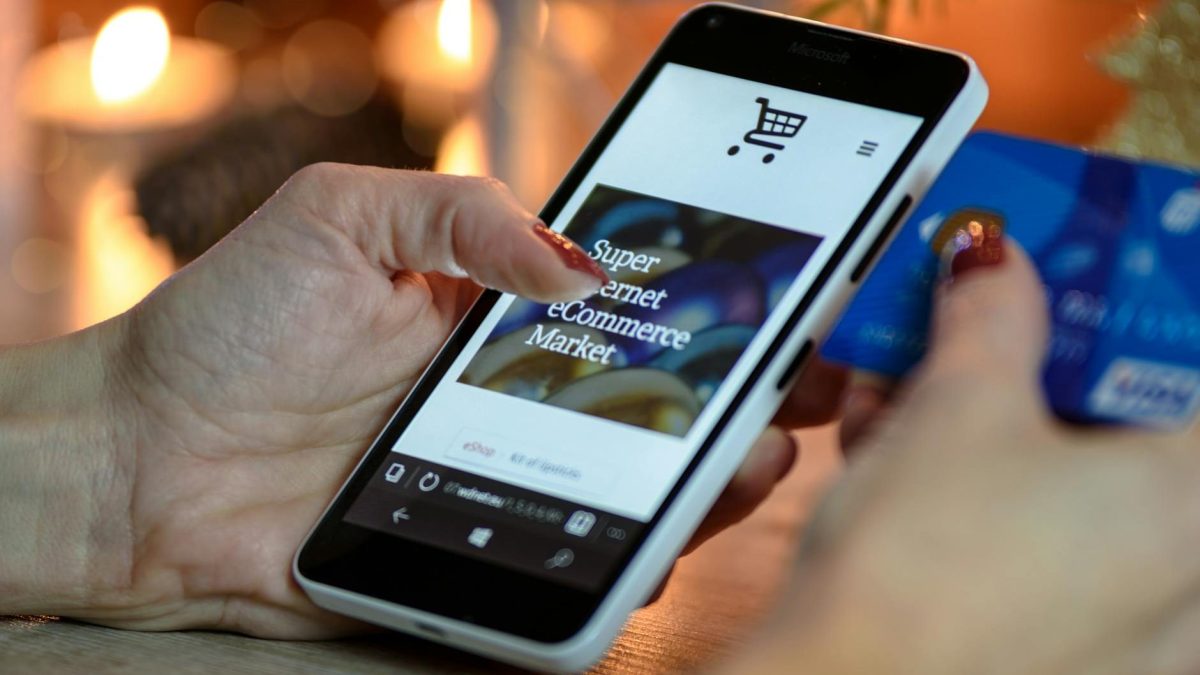Yes, these acronyms, which without context seem indecipherable, are nothing more than a payment method called ‘Buy Now Pay Later’ (BNPL) that has been gaining popularity among Spanish consumers, thanks to being an effective alternative for dealing with expenses and better managing personal finances.
So far, it sounds great, right? But what’s behind this trend and how does it affect both buyers and sellers?
What is Buy Now, Pay Later?
BNPL is a payment system that allows consumers to make purchases and pay for them in instalments, usually interest-free if the instalments are met. This method has been adopted by numerous e-commerce companies, such as Klarna, Afterpay and Affirm, and has become popular, especially among millennials.
According to a recent study conducted by FLOA in conjunction with Kantar, 67% of Spanish users would be willing to switch merchants to access BNPL solutions. This figure is not only higher than the figure presented in 2023 (7%), but is also 13% above the European average, showing the growing adoption of this model in the Spanish market.
Advantages for customers
- Accessibility: According to a McKinsey study, 60% of consumers who use BNPL do so because it gives them access to products they could not otherwise afford. This is especially relevant in times of economic crisis and inflation.
- Ease of use: Most BNPL platforms offer a quick and easy payment process, which enhances the customer experience.
- Financial control: The same McKinsey study notes that 55% of BNPL users find that it helps them manage their budget better, as they can split large payments into smaller amounts, making it more manageable.
Benefits for sellers
- Increased sales: A Shopify report indicates that merchants who offer BNPL can experience a 20-30% increase in sales. Think about it, if they give you the option to pay in instalments, you might spend a little more on a single transaction.
- Reduction of abandoned carts: this payment method becomes a compelling reason for customers to complete their purchases by providing this facility to pay for what they are interested in and in convenient instalments.
- Customer loyalty: The use of BNPL can also increase customer loyalty. A report by Accenture suggests that consumers who use BNPL are more likely to buy from the same site again, creating a positive cycle for merchants – it’s a win-win for everyone!
Considerations and disadvantages
At this point it seems like a cakewalk. However, there are certain risks associated with the use of BNPL that both consumers and merchants need to consider.
- Indebtedness: Excessive use of BNPL can lead consumers to accumulate debt, as it is a quick access to credit that can lead to impulse purchases, which could result in financial difficulties.
- Hidden costs: Although many BNPL providers do not charge interest if payment deadlines are met, they may impose late payment fees. This can catch even the most clueless consumers by surprise, creating an additional burden.
- Regulations: As BNPL becomes more common, financial authorities are starting to pay more attention. Stricter regulations could affect the way companies offer these services.
BNPL, enemy or faithful friend?
In the current context of inflation, BNPL has proven to be a very useful tool for managing personal finances. Users see this payment method as a reliable and secure option that also makes it easier to manage budgets in times of economic uncertainty, or even at specific moments, such as the dreaded ‘September slope’ that we have just surfed. If we add to this the fact that we are increasingly impatient and want everything instantly, it seems that BNPL is here to stay.
However, it is key for consumers to be aware and well-informed so that common sense prevails in making responsible and conscious purchasing decisions.
